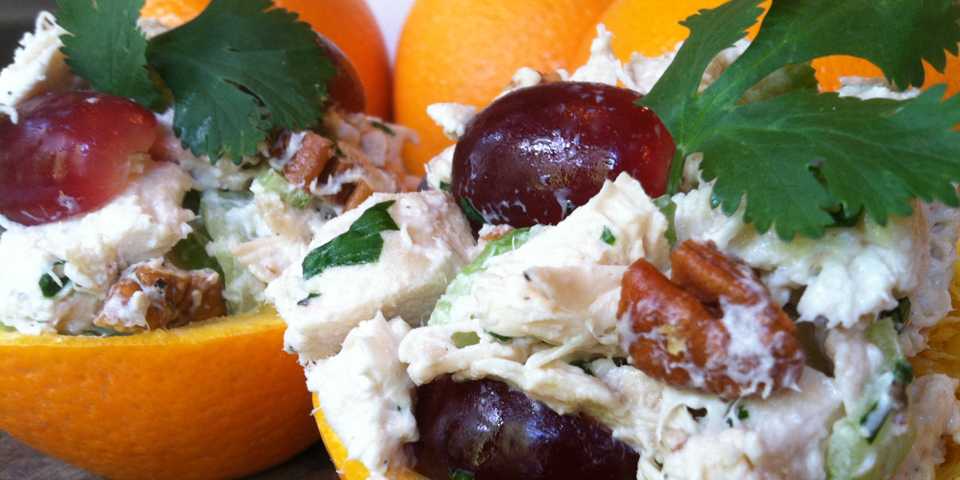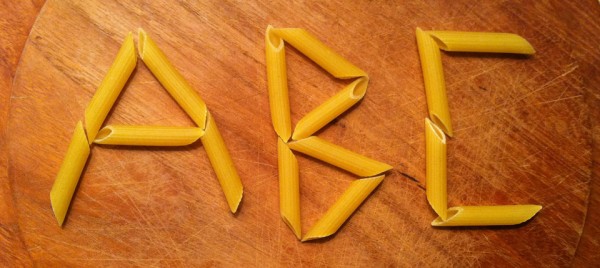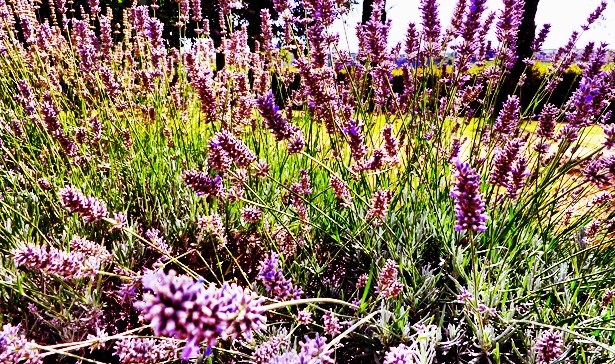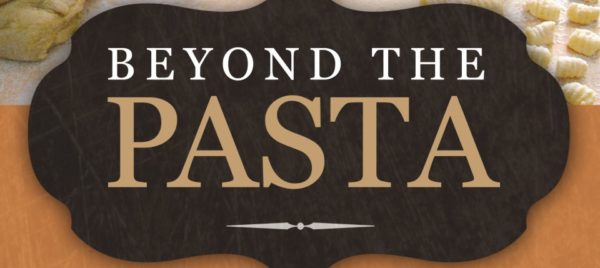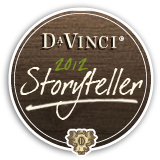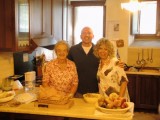Day 5: Verona~
Having worked at a theatre specializing in Shakespeare for over 20 years, it is no surprise that the first thing that comes to my mind when hearing “Verona” is the tragic tale of Romeo and Juliet. I know—predictable. Luckily, it was one of the last things we concerned ourselves with when we went there. Tragic love might be the most famous thing about Verona to the English-speaking world, but it is hardly the main reason to visit this ancient Italian city. Verona is an ancient town. It has a Roman arena that dates back to AD 30 which is still being used today for opera performances (http://en.wikipedia.org/wiki/Verona_Arena).
Our main purpose of going to Verona was to visit i Giardini Giusti (http://translate.google.com/translate?hl=en&sl=it&u=http://www.giardinaggio.it/unagitaa/giusti/giusti.asp&ei=xXQ6S8DiJYa1tgeZ-ZSLDA&sa=X&oi=translate&ct=result&resnum=5&ved=0CCUQ7gEwBA&prev=/search%3Fq%3Di%2Bgiardino%2Bgiusti%2Bverona%26dq%3Di%2Bgiardino%2Bgiusti%2Bverona%26hl%3Den%26client%3Dfirefox-a%26rls%3Dorg.mozilla:en-US:official%26hs%3DCUP ). We spent the better part of 3 hours enjoying the gardens and the views of Verona by ascending the hill and a spiral staircase enclosed in a tower at the rear of the gardens. It is no wonder that Mozart and Goethe visited here. The above link gives a great description and history of the gardens, though I think my photos are a bit more enticing.
With our brains swimming with images of hidden statuary, garden mazes, and sweeping views we headed over the Adige River by way of the Ponte Nuovo (New Bridge) and worked our way through the crooked streets toward the bell tower—Torre dei Lamberti.
One of the things I love most about Italy is the ability to climb ancient structures and towers. The climb up the 276-foot Torre dei Lamberti was a bit exhausting, but worth it. At the top, it provided a 360-degree view of Verona and an unexpected encounter with a very enthusiastic Croatian girl.
The tower’s belfry is split in two with the larger of the two bells being hung above the smaller and being reached by a separate staircase that continued up past the small bell to the top of the belfry. We had gone all the way up to the larger bell before making our way back down to the lower part of the belfry to kill time until the bells would strike 1:30 p.m. Regardless of where we are on vacation, Richard loves to stop everything to listen to bells ring, and we were only 10 minutes from having the bell next to us strike—we had to stay until he could experience the “strike” up close and personal.
“Hello. Do you speak English? Can you take our picture? I am from Croatia. Are you on vacation also? I am with my friends and my husband. We were married last month. This is our honeymoon. I am scared being up so high…”
“Smile,” I said, as this young, Croatian girl huddled next to her girlfriend against the belfry railing. “Say “cheese.” “Cheese!”
“Thank you for taking our picture. Have you been to Italy before? This is my first time in Verona. We have been to Germany and to Venice and we are going to Rome and to Florence. We are making a big trip. 3 weeks.”
She was tall, dark-headed, slim, and very pretty. She introduced herself, although for the life of me, I can’t remember her name. She had the energy and personality of a cheerleader or a sorority girl—better yet, a bow-headed Southern sorority cheerleader! I am sure she was in her mid 20s, but she was so bubbly that she seemed 16. We could hardly get a word in edgewise, because she rarely came up for air in her excited barrage of questions.
Her friends laughed as they headed up the stairs to the belfry’s second level to see the larger bell. They called to her to come join them, but she only took a couple of steps before stopping to continue her conversation with us.
“I hope my English is good. Have you ever been to Croatia? When you come, you will stay with us. We will show you around our beautiful town and country. Why have you never been to Croatia? You should come…” she said, as she finally stepped far enough away from us to take the stairs up to join her friends.
Richard and I laughed. She was a lot of fun. We imagined what her wedding night must have been like—with her never shutting up.
“BONG!”
The moment we had been waiting for: however, only the largest bell on the level above us struck, and when it did, our Croatian friend must have been standing right next to it—because she let out a shriek that could have been heard back in her homeland. Well, the bell might have caught her off guard, but her shrieking sent Richard over the edge. The clock struck, the girl shrieked, and Richard whooped. He let out a huge laugh and, even though the bell only struck once, she kept shrieking—and he kept whooping. “SHRIEK!” “WHOOP!” “SHRIEK!” WHOOP!” Finally, his whoop turned into a sinister laugh. “AH-hahahhaahaha!” The tourists on the upper level were laughing at her, and the ones around us had Richard for their entertainment. Between the two of them, they were an unlikely, yet in sync, comedy team.
We giggled ourselves down the tower and headed into the now sun-drenched Piazza delle Erbe to grab some lunch, “al fresco,” at one of the many ristorante. We ordered “Papparadelle con funghi e zucchine”—wide, handmade pasta served with porcini mushrooms and zucchini. The piazza sits in the shadow of the bell tower and is ringed with frescoed buildings. Many of the frescoes have not been restored, so, at times, the piazza seems haunted by its fading, once vibrantly-colored images. Reaching out from the past are the shadowy memories of heroes, both fallen and victorious, facades of villas and palaces, and the flora and fauna of the surrounding countryside.
A bottle of wine later, we decided to wander Verona’s streets, the ancient city center, to get a sense of the “vibe” and stopping to do a little window-shopping. Many of the old buildings throughout the center remained frescoed and the churches were as varied as they were plentiful. What struck us most about Verona were the rather posh and sophisticated Veronese people themselves. Italians, as a general rule, tend to be well dressed, but the Veronese, as a general rule, seemed even more stylish than the norm. They seemed to elevate this ancient town from the status of “old” to the status of “richly antique.”
As afternoon turned to dusk and into early evening, we decided to stay late and eat dinner in Verona. Biba Caggiano, the Sacramento restaurateur, has a list of Italian ristorante in one of her cookbooks (http://www.amazon.com/Trattoria-Cooking-authentic-family-style-restaurants/dp/0025202529/ref=sr_1_6?ie=UTF8&s=books&qid=1262155796&sr=1-6 ) and luckily for us, she listed Al Pigna in Verona—the only trattoria she listed in Verona. Restaurants in Italy usually don’t open for evening service until 7:30 p.m. and most Italians don’t arrive for dinner until 8:30 p.m. or 9:00 p.m. Since this was the case, we decided to take the plunge and find Verona’s most touristy attraction—Casa di Giulietta (Juliet’s House) to kill some time before dinner.
Tucked down a little side street, with its buildings’ walls graffitied with thousands of love notes addressed to Giulietta, there is no doubt that you are in the center of a tourist trap. This papered street ends in a little piazza where a bronze statue of Juliet stands for all to capture on film—and to also capture a quick feel. Yes, this statue of Juliet has been groped to the point that one of her breasts gets rubbed daily by enough hands that it is as shiny and untarnished as the day it was created. Her other breast, like the rest of the statue, is dark and tarnished. Poor Juliet. Not only did she lose her love and poison herself, but her right breast gets groped and photographed daily. There is a marble balcony off of a second story door that is supposedly the place where she first dreamed of her Romeo. The house, now turned museum, originally belonged to the dell Capello family—never to the Capulets. We decided not to take a tour of the house and its museum. Having killed enough time, we headed for Al Pigna.
Our waitress suggested that I try the asino—donkey—but I passed on the ass. The day before I had ordered smoked horse—puledra, which was very good, but I thought that tonight I should leave alone the barnyard animals that we consider inedible in our country. I started with roasted radicchio with brie, pine nuts, and raisins, while Richard had prosciutto served with Roquefort and fresh local honey. My entrée was Baccalà (salt-dried codfish that had been reconstituted in milk) served over polenta. This is a very classic dish from this region of Italy. Richard ordered the gnocchi with duck. Both were wonderful. I finished with the homemade tiramisu and Richard rounded out his meal with biscotti that he dipped into a dessert wine from the Fruigli region. Biba’s list has never failed us and tonight was no different. Brava Biba!
On the drive home, we passed a stretch of industrialized road that seemed to be populated with a lot of scantily dressed girls standing alone, each about 100 yards apart. Each time we passed one of these lovely ladies, Richard would scream out to me “Look Mark, LOOK! Oh my God, LOOK!” Poor thing, I don’t think he had ever seen someone employed in the world’s oldest profession. Come to think of it, I don’t think that I have either. But after seeing people of both sexes and all nationalities grab the shiny right breast and smile while a camera flashed—maybe a girl has to do what she can to attract a Romeo of her own.
Felice Anno Nuovo~ Happy New Year,
Mark





